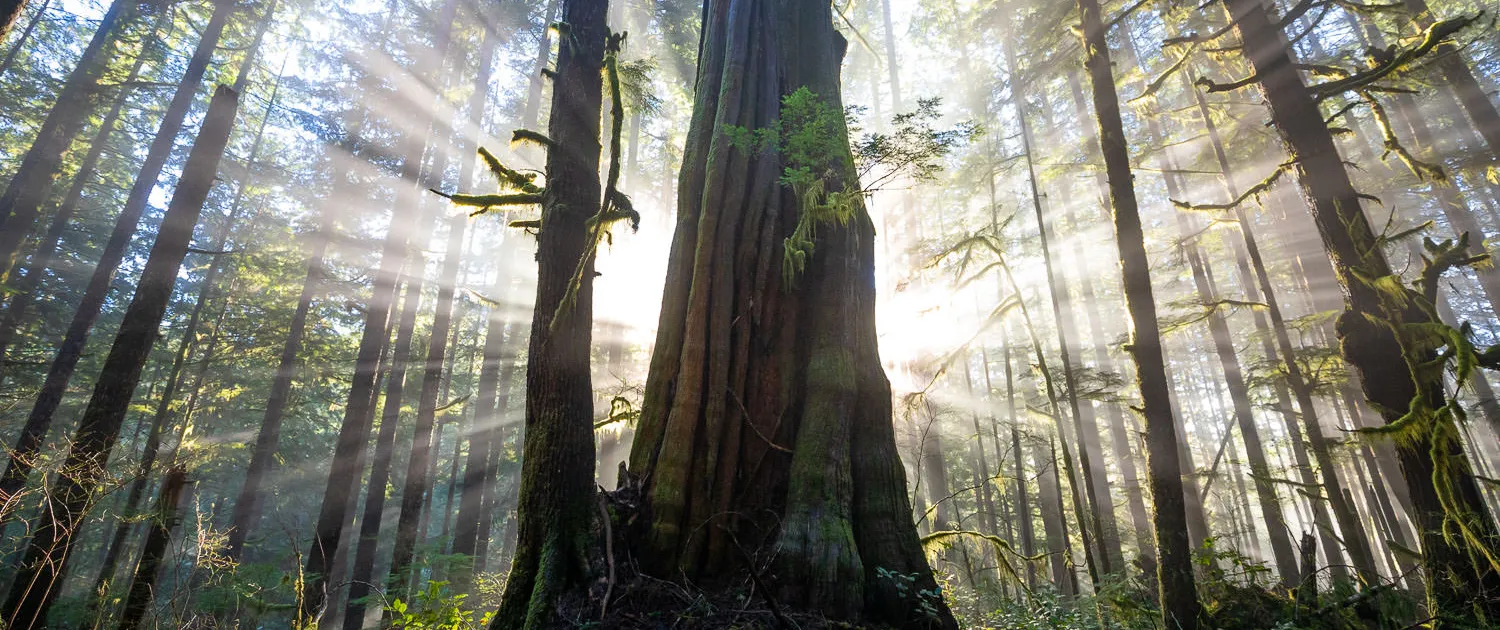Sierra Club calls for a moratorium on old growth logging
Here's a Vancouver Sun article by Stephen Hume also based on the new Sierra Club mapping on how much old-growth remains: Forest scientists like Jim Pojar say this forest should be considered the remnant of a dwindling non-renewable resource because the life cycle of these forests is so long that it will take 40 to 50 human generations before they recover to their original state. Even then, he says, they won’t be anything like the forests that exist today, nor will the communities of plants, insects, birds and animals — about 400 species — that rely upon them. Meanwhile, the Sierra Club study points out, even as the remaining rainforest vanishes under the chainsaw, the rate at which it’s being cut has increased by 12 per cent. And, it says, re-planted forests that won’t mature for another 250 years are already being logged after only 50 or 80 years as immature second and third growth. Pojar, a forest ecologist who wrote the well-regarded guide, Plants of Coastal British Columbia, was an ecologist and researcher with the B.C. Forest Service for years. He recently authored a major study for the Canadian Parks and Wilderness Society on climate change and its implications for biodiversity and conservation policy. “Given the amount and pace of climate change, all B.C. forest stands older than 150 years are non-renewable resources, and some of them should be removed from the timber harvesting land base,” says Pojar. “If logged they will not be replaced either naturally or artificially by mature and old stands with similar structure and function, even if they are allowed to grow old. “Even if allowed to grow old they will not recover to the primary condition,” he says, “which is why I maintain that recovery of old growth forest is now an inappropriate, anachronistic concept, given rapid climate change, system unpredictability and scientific uncertainty.”











